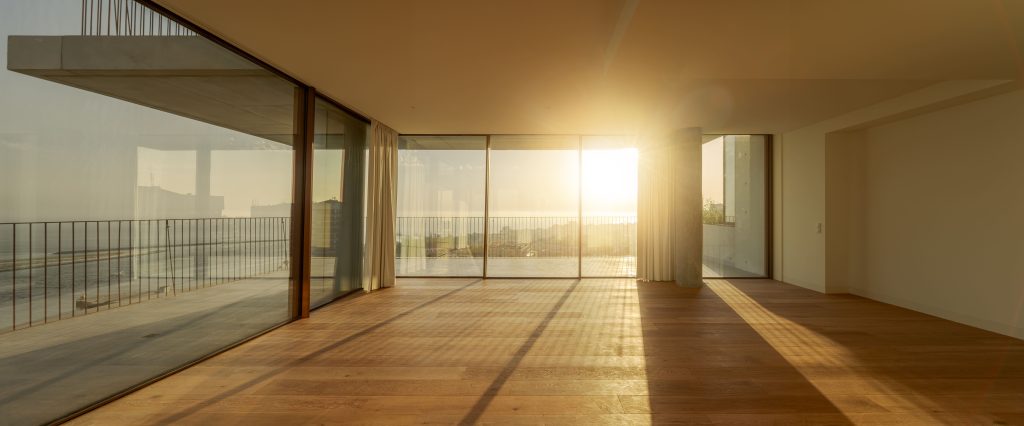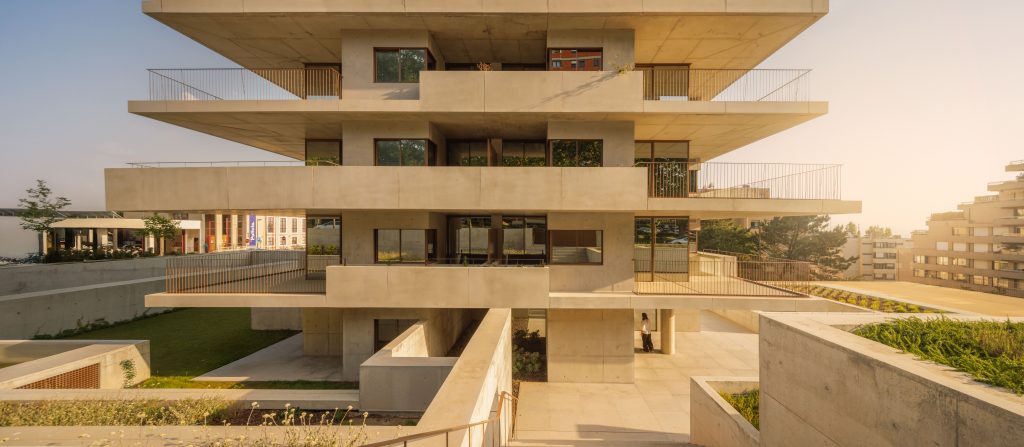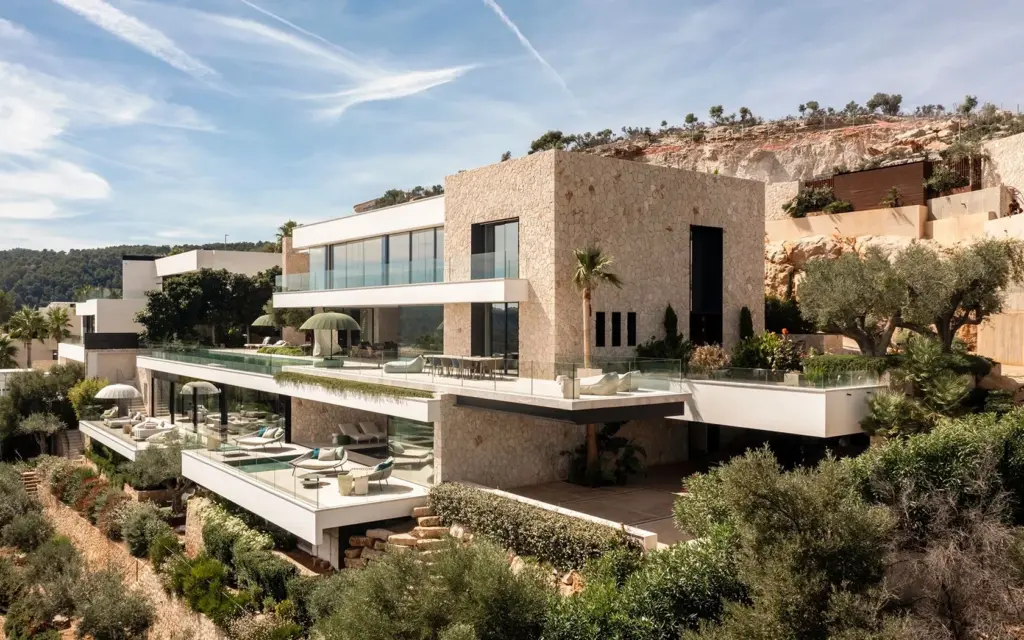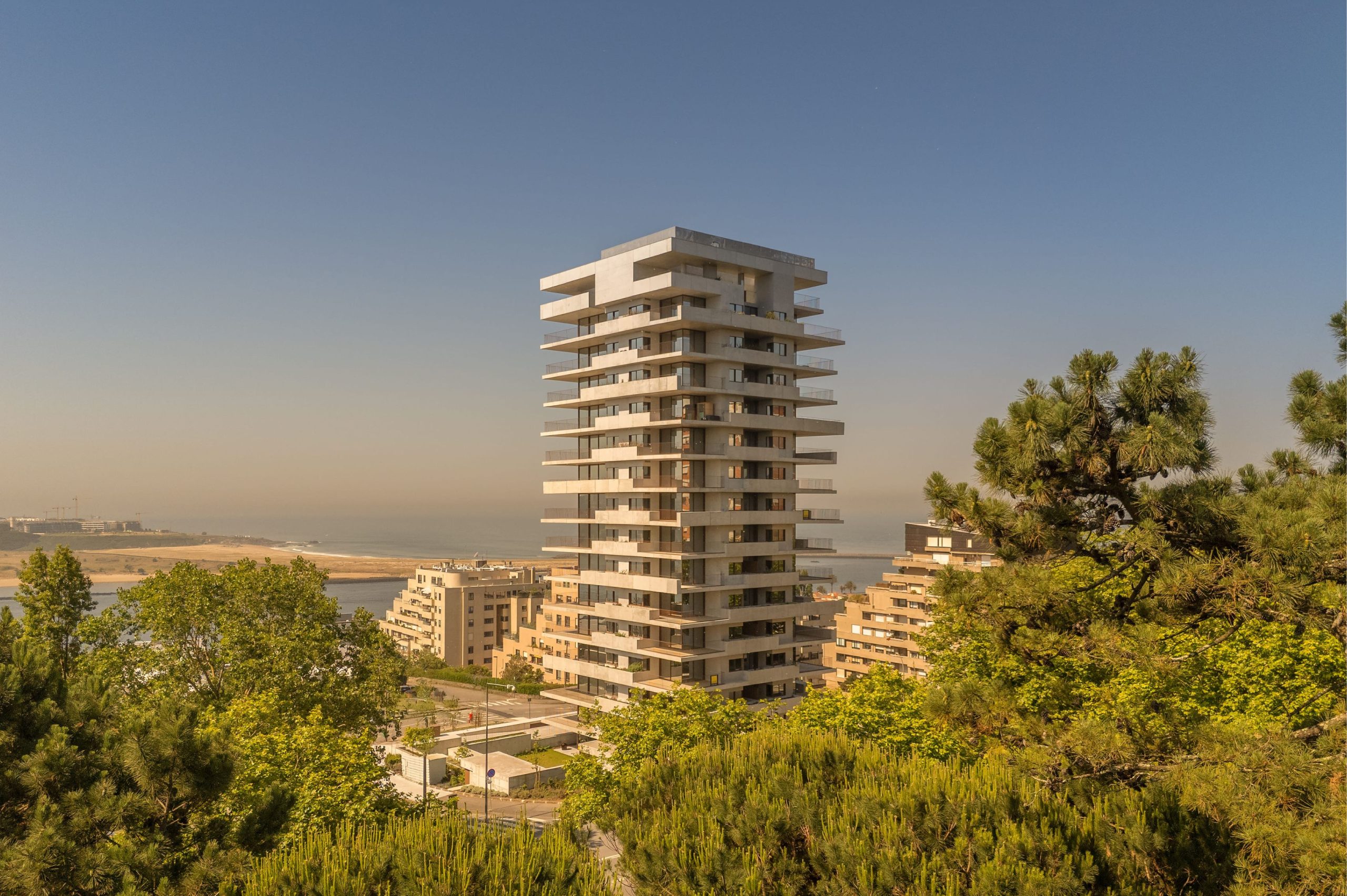Located in Matosinhos, Portugal, Miramar Tower is a new residential development designed by OODA Architects. Rising above the Atlantic, the building stands out for its clean geometry, efficient design, and the use of OTIIMA Plus minimal frame windows, which play a key role in the project’s visual and technical performance.
The tower’s architecture emphasizes simplicity and proportion. OODA’s design features a precise structural rhythm, alternating concrete and glass to create a facade that feels both solid and light. To achieve this balance, the architects selected OTIIMA Plus, a slim sliding window system renowned for its minimal sightlines, engineering, and expansive glass spans.

© Fernando Guerra
These minimalist window systems provide uninterrupted views of the sea and city, transforming each apartment into a bright and open space. The reduced frame dimensions maximize transparency, while the system’s robust performance ensures excellent insulation, airtightness, and durability, which is essential for coastal environments.
Beyond aesthetics, OTIIMA Plus also enhances the project’s sustainability and comfort. The system incorporates high-efficiency glazing, optimizing energy use and maintaining stable indoor temperatures year-round. Combined with the tower’s concrete structure and modern building envelope, it ensures long-term performance and low maintenance.

© Fernando Guerra
Perhaps his most famous principle, “Less is more,” summarizes Mies’ approach to design: stripping away the unnecessary to reveal the essential. His buildings are characterized by clean lines, open floor plans, and an absence of ornamentation. This philosophy encourages architects to prioritize spatial clarity and material integrity, resulting in modern and enduring structures.

© Tomeu Canyellas
1. Heydar Aliyev Center – Zaha Hadid
1. Heydar Aliyev Center – Zaha Hadid
Inside the residences, the effect is immediate: full-height glass surfaces flood the interiors with natural light, connecting each room to the surrounding landscape. The result is a modern living experience where architecture, engineering, and craftsmanship work seamlessly together.
Miramar Tower exemplifies OODA’s ongoing exploration of contemporary housing and OTIIMA’s dedication to high-performance design. Together, they convey a clear message—that advanced technology and architectural elegance can coexist, creating buildings that are efficient, timeless, and deeply connected to their environment.
